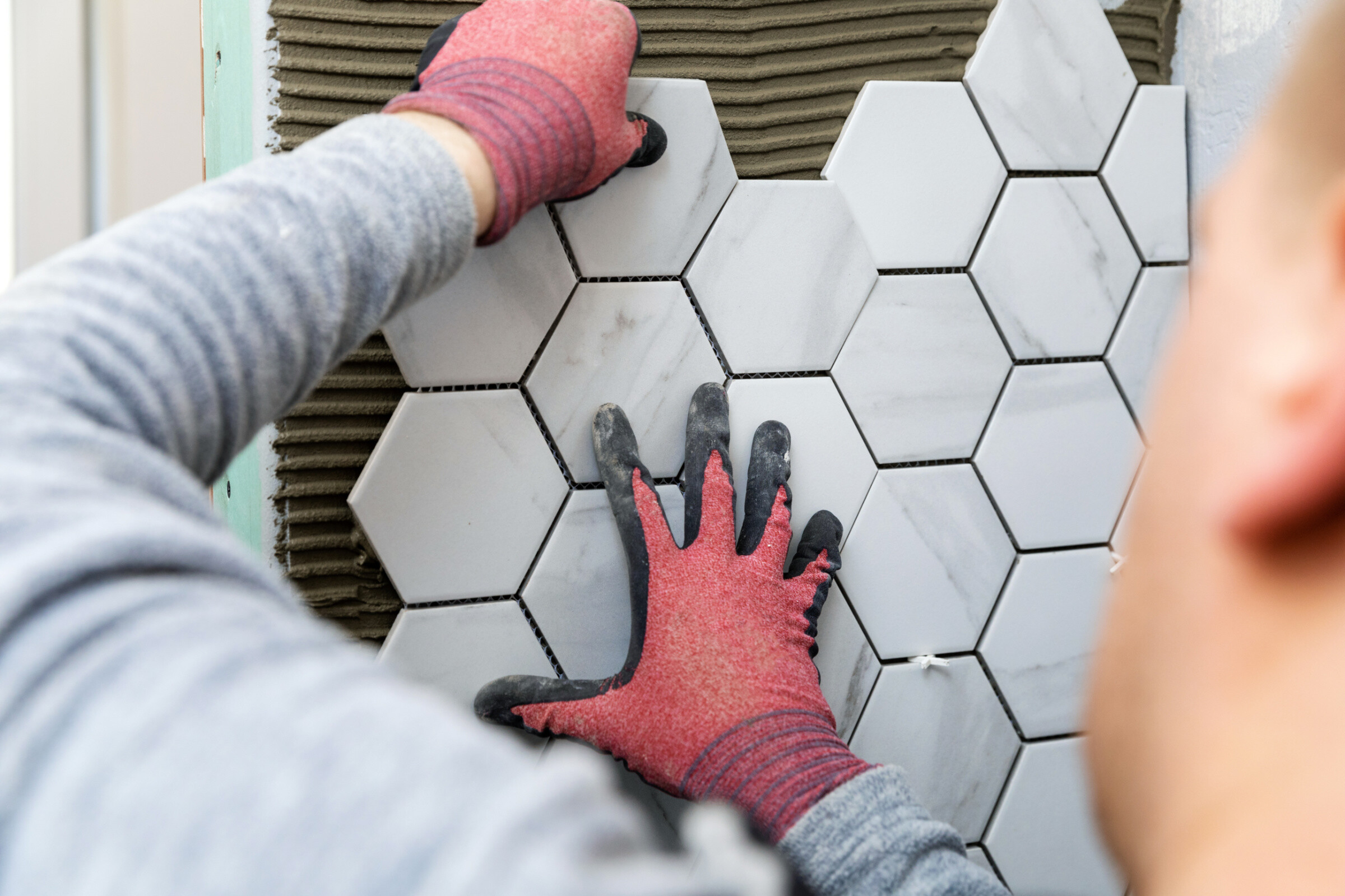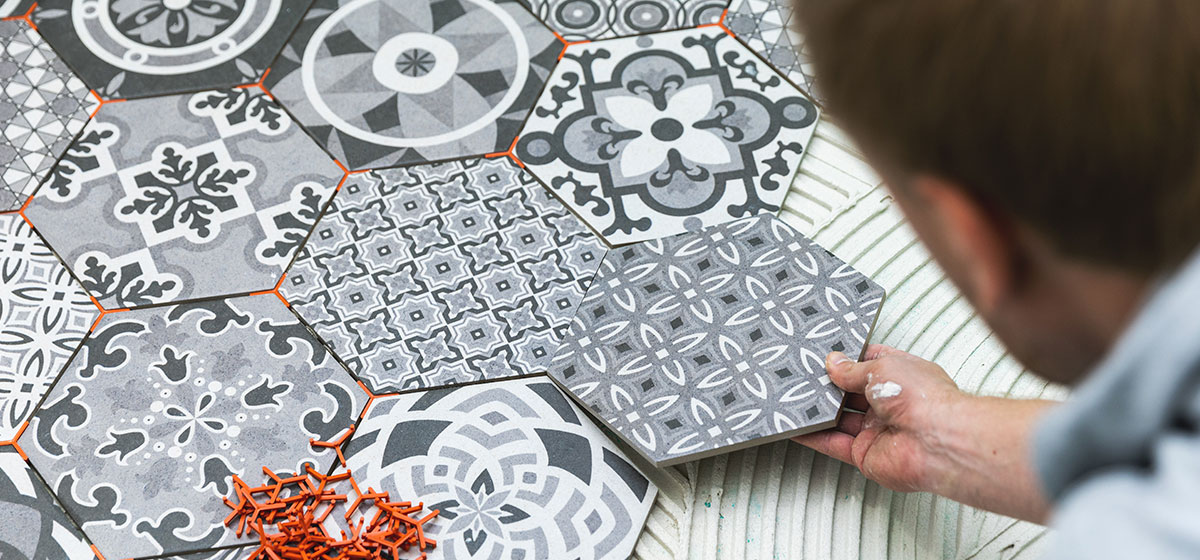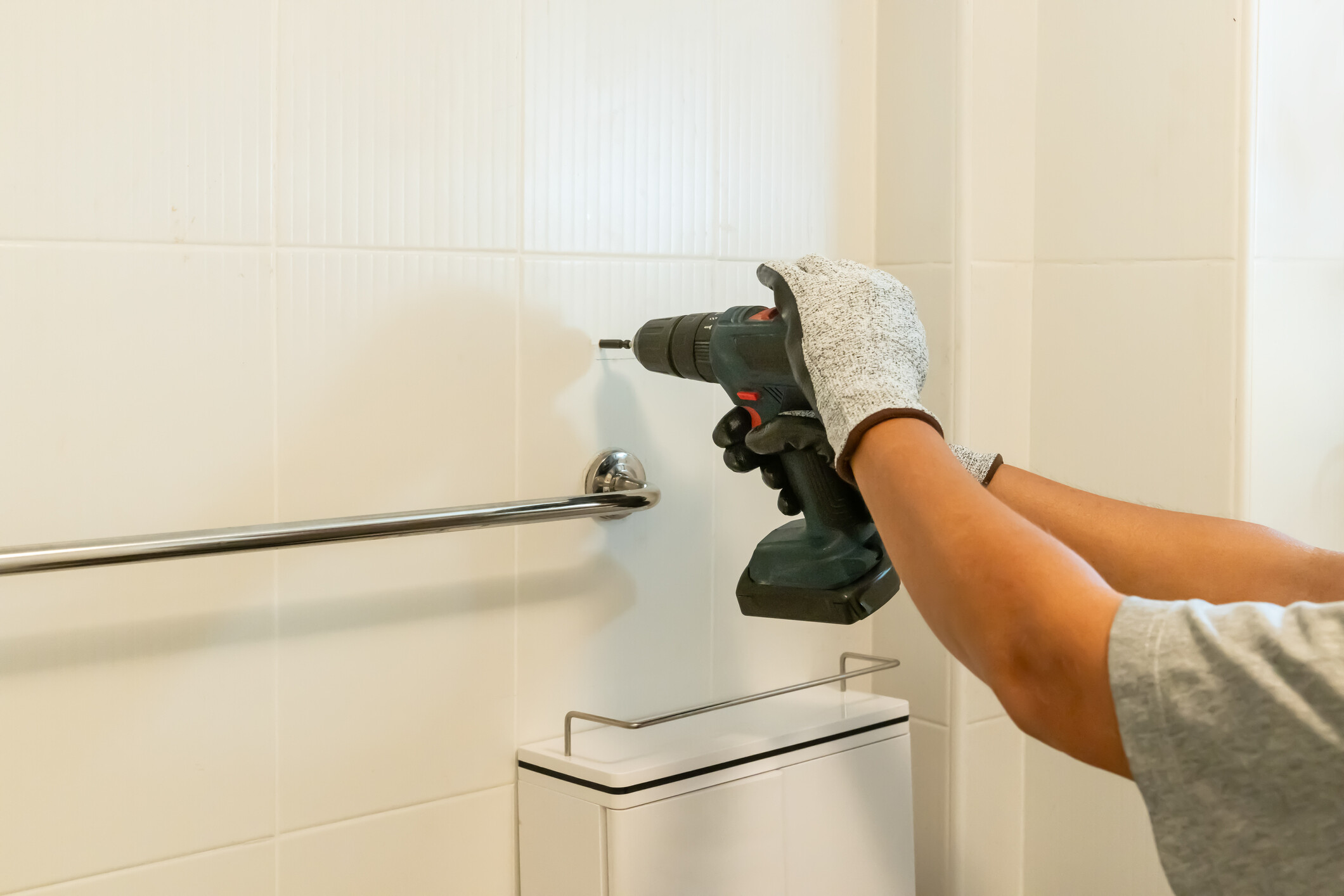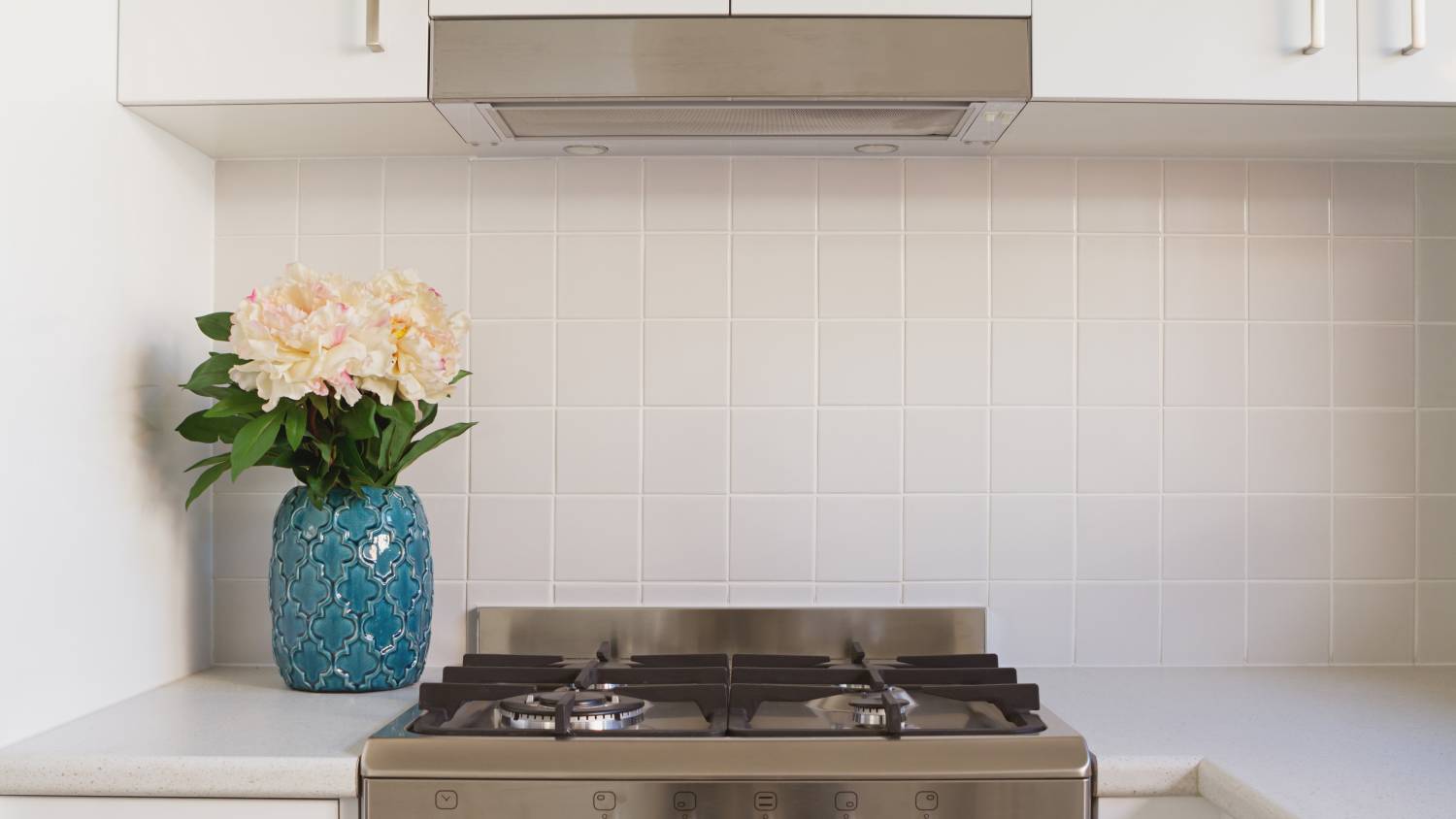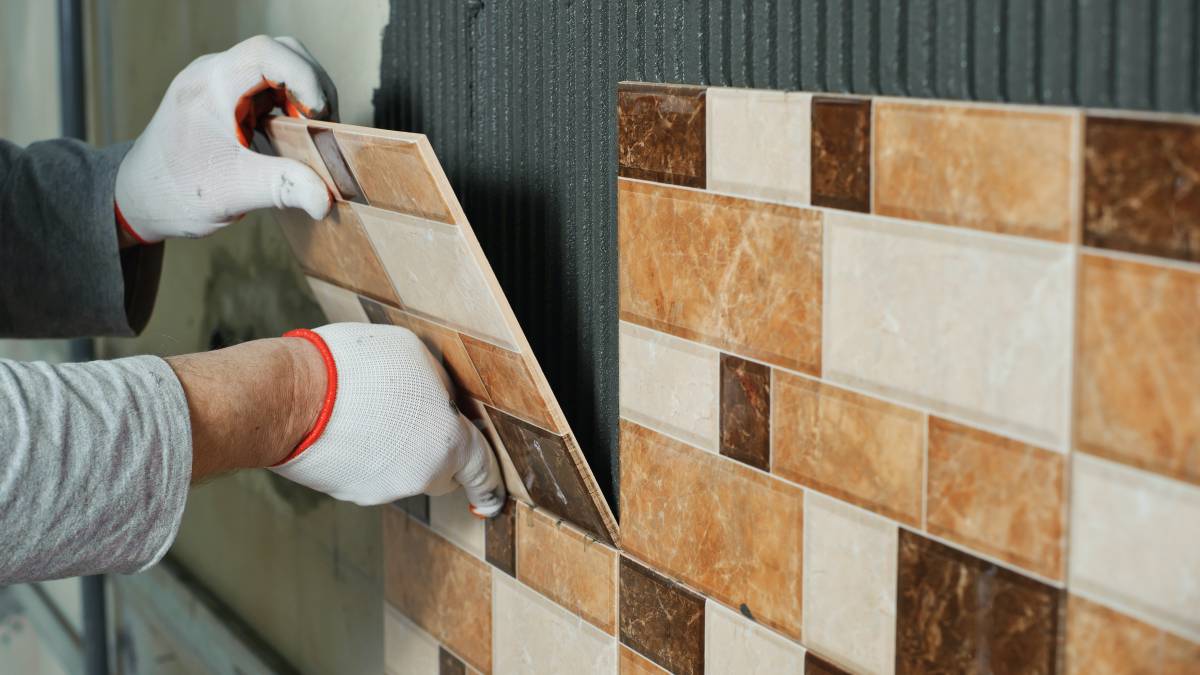- Home/
- Comparisons/
- Tiling/
- Ceramic vs Porcelain Tiles

Ceramic vs porcelain tiles: Which is better for your home?
Comparing ceramic and porcelain tiles based on cost, appearance, and more
Hire a tiling expertLast Updated on
Key Facts
- Ceramic tiles are clay flooring options popular for their glossy finish, making them a great choice for places with lots of sunlight. Although they are more fragile and porous than porcelain, they are more affordable and easier to install because they are thinner.
- Porcelain tiles are clay tiles kiln-fired in extremely high temperatures, making them less water-absorbent than ceramic. They also feature a matte finish, better hiding scratches and scuff marks. However, they are more challenging to install since they are denser.
Are the tiles holding you up in completing your home construction or bathroom remodelling? With so many choices available, it is not uncommon to feel stumped.
This ceramic vs porcelain tiles guide will help you define—and pick—the better option between these two popular clay tiles. It will also discuss how a professional installer can save you from costly mistakes and massive headaches.
What are ceramic tiles?
Ceramic tiles are made of earthen materials such as clay, feldspar, and silica. Once the raw materials have been extracted, manufacturers crush them into a fine powder before adding water to create a clay-like substance.
They then mould the clay into the desired shape and fire it in a kiln at a temperature lower than that of porcelain. Finally, the tiles are glazed to give them their signature shine and colour.
What are porcelain tiles?
Like ceramic, porcelain is made from a mixture of fine clay and other materials fired at extremely high temperatures. The result is a dense, hard-wearing surface resistant to stains, scratches, and water damage.
Unlike ceramic tiles, porcelain tiles are less porous, making them ideal in areas prone to moisture and humidity, such as bathrooms and kitchens.
Ceramic vs porcelain: Which is better for tiling?

Based on the definitions alone, you learn that porcelain and ceramic tiles are very similar. So how do we break the tie? We compare them based on cost, appearance, installation complexity, durability, and eco-friendliness.
In terms of cost
When comparing ceramic tile vs porcelain tile costs, they balance each other out. In general, porcelain is more expensive than ceramic because its manufacturing process, which removes as much moisture as possible, is longer.
The average tiling cost (including labour) for porcelain is between $65 and $95 per square metre. Ceramic, meanwhile, can set you back for only $55 to $65 for every square metre. However, porcelain can last longer than ceramic, which is less dense and more fragile. Both are cheaper to install than natural stone floors.
In terms of appearance
While both materials look similar to an untrained eye, they distinctly differ. Ceramic tiles are typically smoother and have a glossier finish, while porcelain floors are textured and matte.
The colours in porcelain tiles are more consistent; those of ceramic vary. Both options are available in various sizes, shapes, patterns, and shades, providing endless design possibilities for any project.
In terms of installation complexity
How about ceramic vs porcelain tiles for installation? On one hand, ceramic tiles are typically thinner and easier to cut, so they seem easier to install for those with less experience. On the other hand, porcelain tiles tend to be denser and heavier, requiring more skill and precision during installation.
That said, both types of tiles require attention to detail and careful planning to achieve a seamless and professional-looking finish. Even ceramic, which is supposed to be easier to customise or work with, needs an expert installer because it is delicate.
In terms of durability/maintenance
Because they are both clay tiles, porcelain and ceramic can absorb water. But since they are also glazed, they can still resist high moisture levels. It is just a matter of which holds water more, and ceramic in this case, with over 0.5% absorption.
How about scratches, cracks, and fading? Ceramic and porcelain tiles can withstand abuse for years and hardly react to sunlight (although it depends on the glaze quality). But since the latter is denser, it is less vulnerable to chipping.
Cleaning is easy for both of them too. They do not need special chemicals to lift stains - water is often enough. It does not mean you can leave water for a long time with these tiles. Sometimes, when they come into contact with oxygen, rusting happens.
In terms of eco-friendliness
Ceramic and porcelain tiles are eco-friendly due to their low VOC (volatile organic compounds) content. However, while they are recyclable and contain no hazardous materials, they require high-energy input during manufacturing.
Both have a high thermal mass. They can feel cold during the winter but trap heat faster and release it as the surrounding temperature drops.
Install or replace your home’s tiles with Airtasker
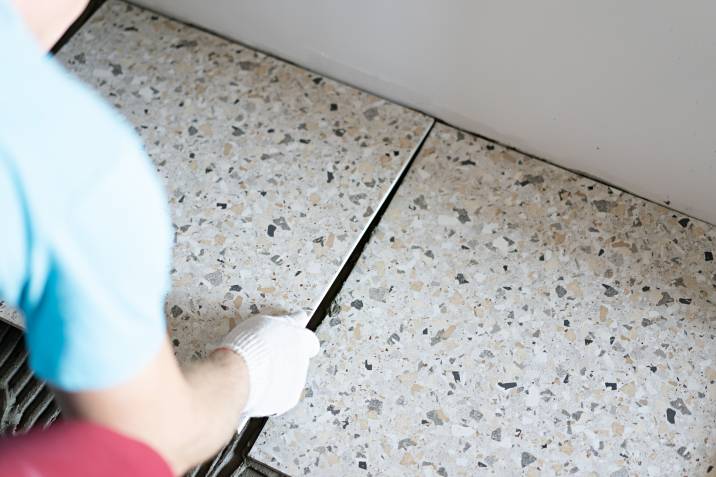
Now that you know the differences between ceramic and porcelain tiles, you might be inclined to save a few bucks and install the tiles yourself. However, note that the task requires professional skills.
Airtasker helps you connect with nearby contractors, and the process is easy as 1-2-3:
Open an account for free.
Post a task detailing everything about the project. These include your budget, general location, and desired materials.
Wait for tilers to send you their offers. Compare experience, reviews, and prices in the comfort of your home.
Ultimately, when considering porcelain tiles vs ceramic tiles, the better option depends on your needs. For frequently used areas with high moisture levels, go with porcelain tiles. They are denser and more resistant to wear and tear. Ceramic tiles are the better option if you want something for low-traffic areas.
Whatever you choose, Taskers can install or replace your home’s tiles. If you’re still on the fence between ceramic and porcelain, feel free to revisit the table below and post a task when you’re ready.
Ceramic vs porcelain tiles
|
Ceramic Tiles |
Porcelain Tiles |
|
|---|---|---|
| Cost | $55 to $65 per square metre |
$65 to $95 per square metre |
| Appearance | Thinner but glossier |
Denser and more matte |
| Installation | More convenient to cut and shape |
Require special tools to cut and shape |
| Durability | More fragile and water-absorbent but do not easily chip or crack |
Longer-lasting than ceramic because of low porosity |
| Eco-friendliness | Good thermal mass, making it ideal for the summer |
Good thermal mass, making it ideal for the summer |
FAQs on ceramic and porcelain tiles
Yes, porcelain tiles can be slippery when wet, so choose ones with a slightly textured surface to increase traction and reduce the risk of accidents. Consider installing non-slip grout between the tiles for additional protection. Regularly cleaning your porcelain tile floors using mild detergent and warm water should help keep them slip-resistant.
Yes, ceramic tiles can absorb water, depending on how they are sealed. Unsealed tiles absorb more water, while those with a glaze or seal coat are more liquid-resistant. Check the manufacturer’s instructions for specific information about water absorption rates before purchasing your tiles.
Yes, porcelain tiles can rust, a potential issue that has nothing to do with the flooring’s water-absorption ability. Rusting happens when water comes into contact with oxygen.
Yes, ceramic tiles can crack more easily than porcelain because they are thinner and more water-absorbent, making them fragile. However, they are easier to cut and shape.
Find tilers, fast
Post a task
Related articles
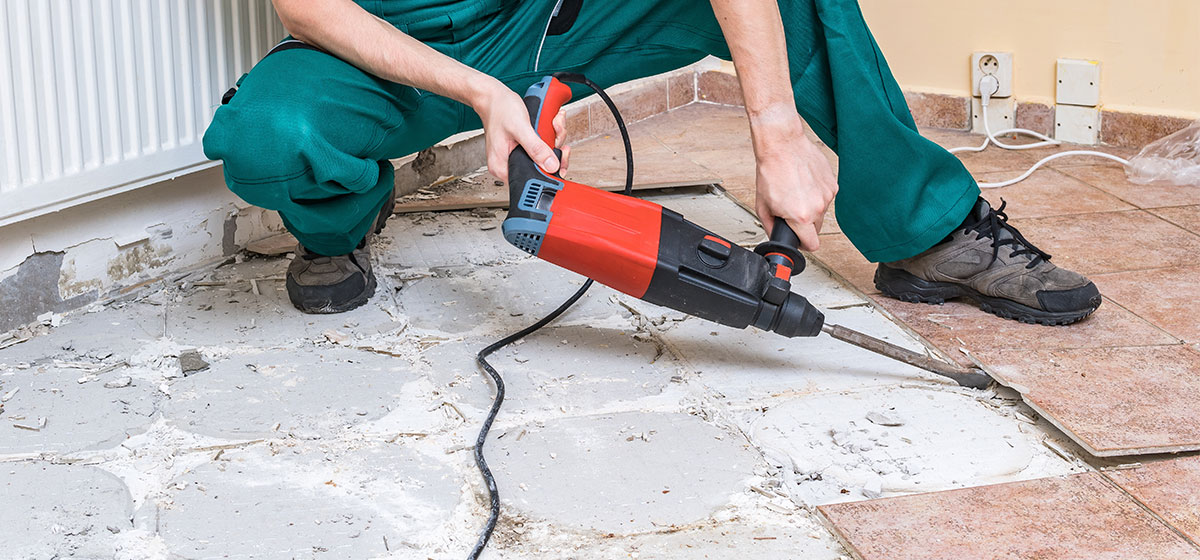
How to properly remove floor tiles
Read more
Related price guides
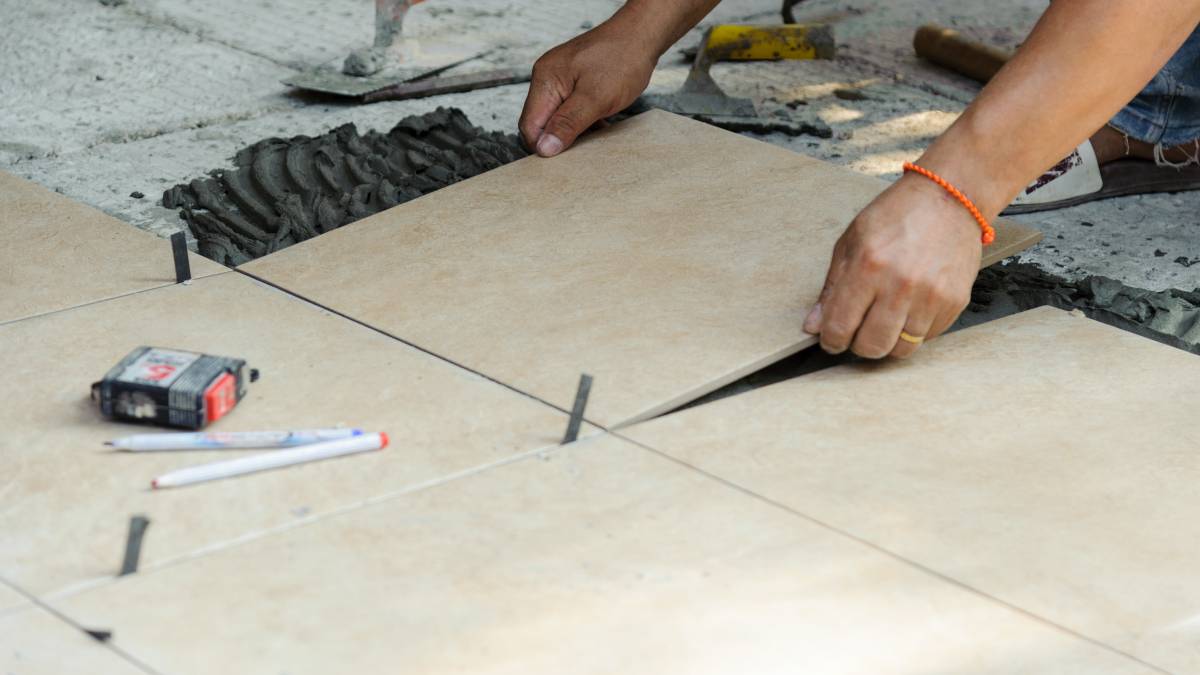
How much does porcelain tiling cost?
Read more
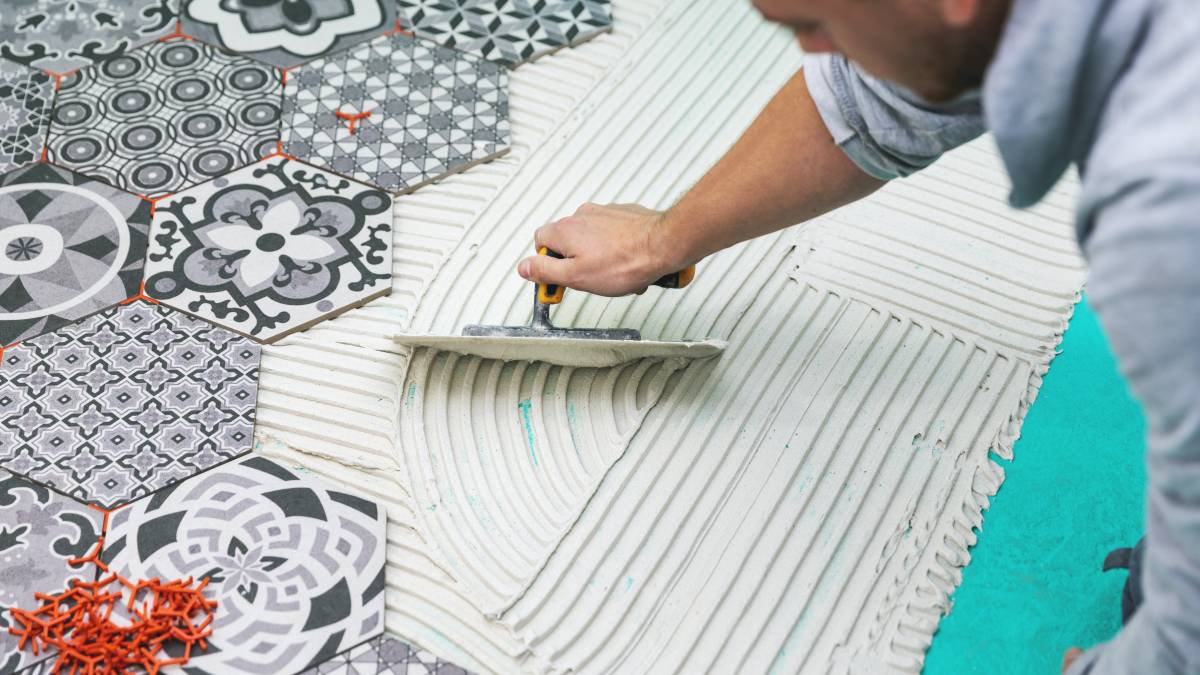
How much does tile flooring cost?
Read more
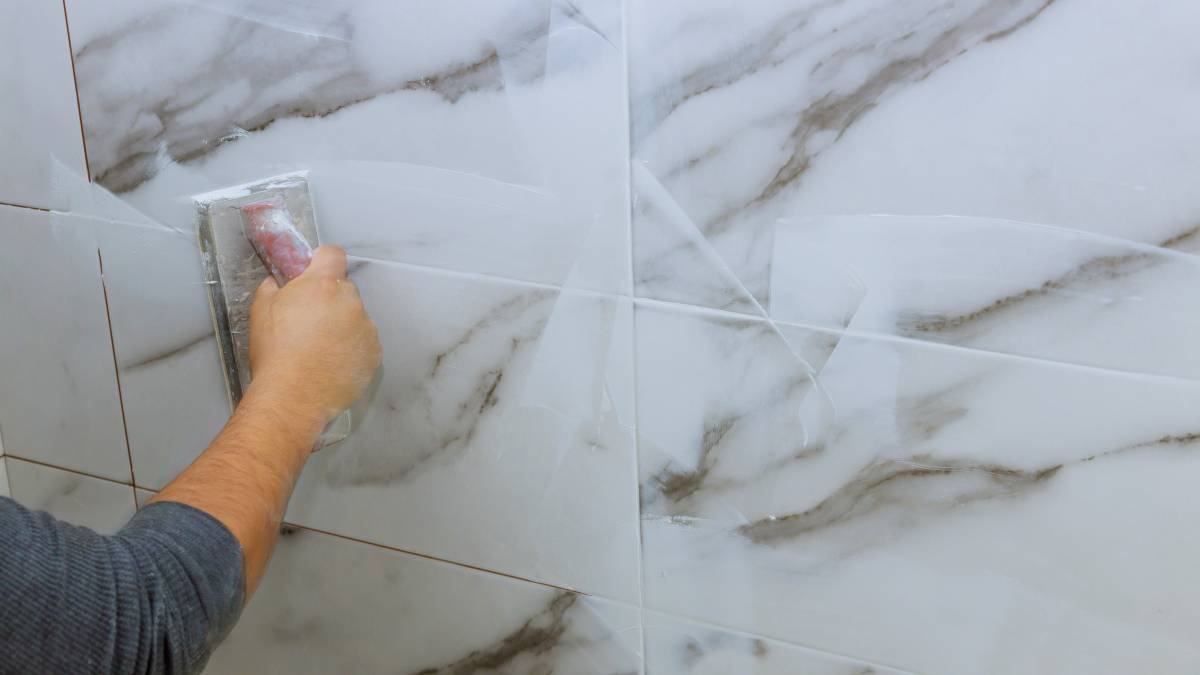
How much do regrouting tiles cost?
Read more
